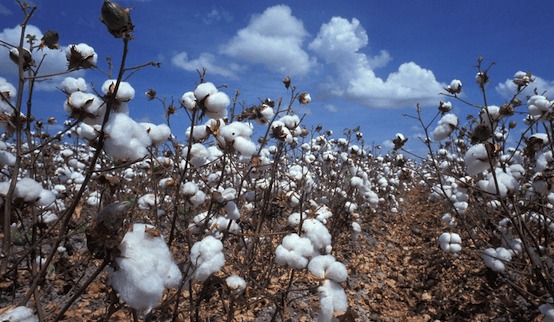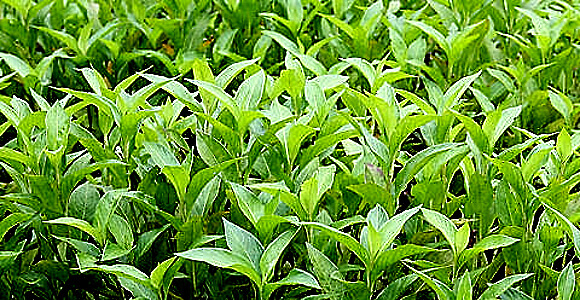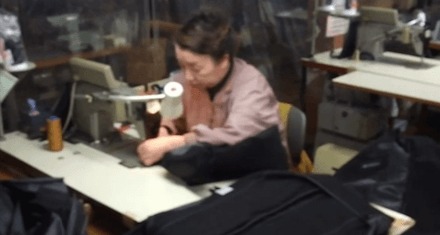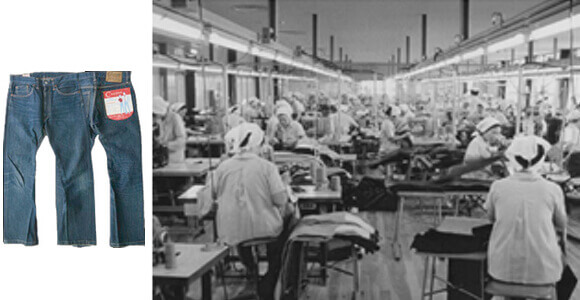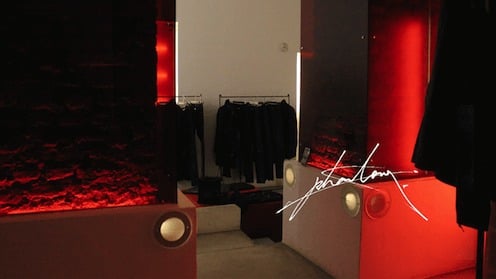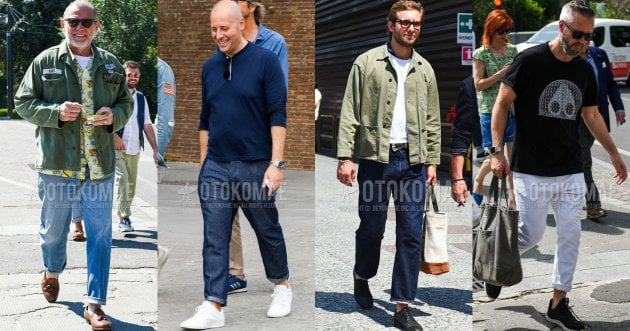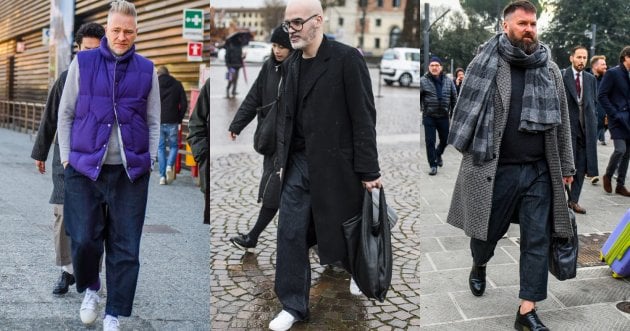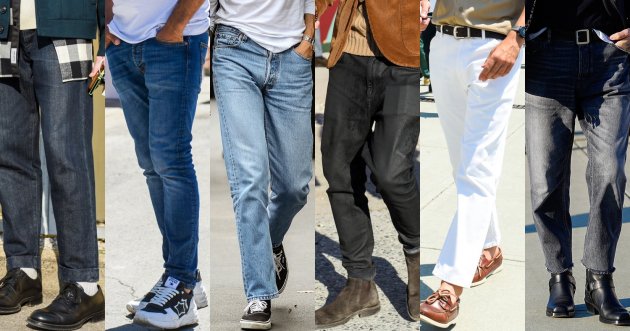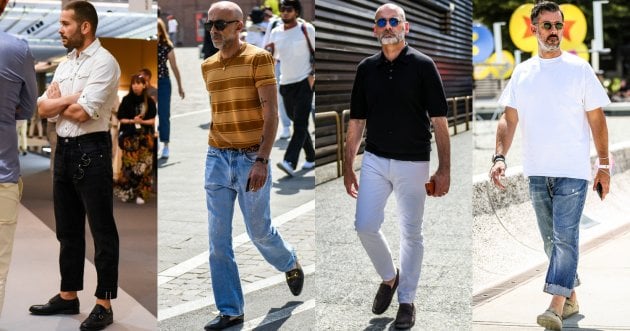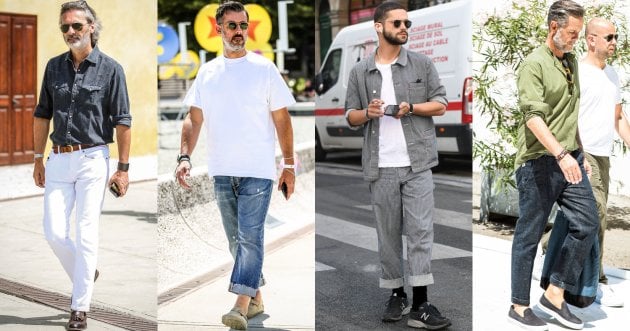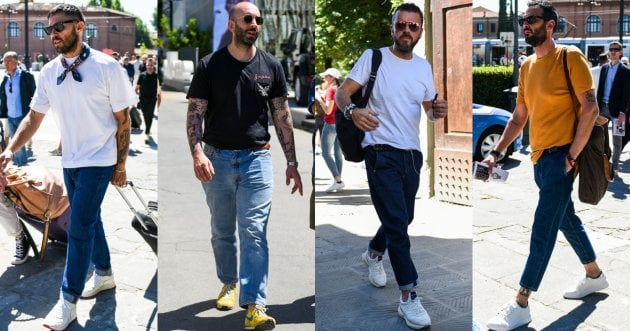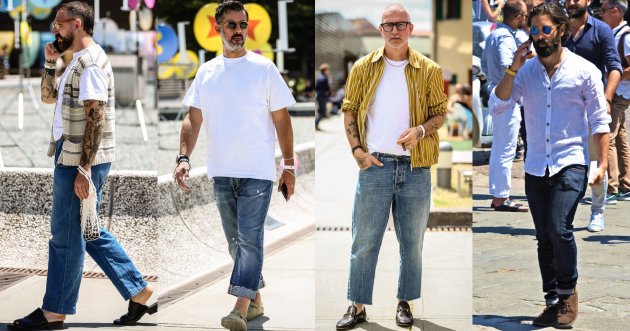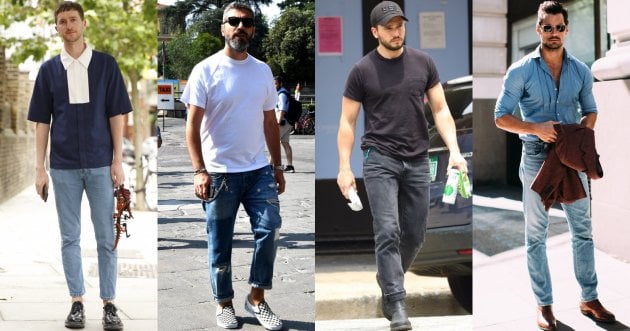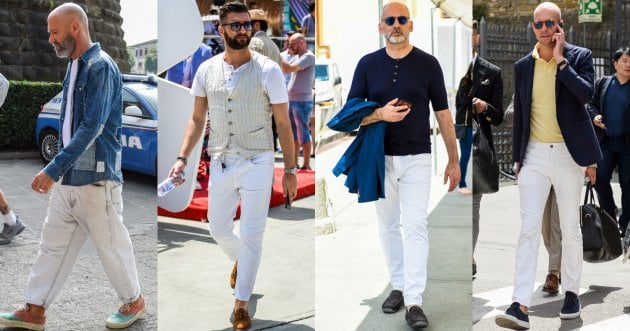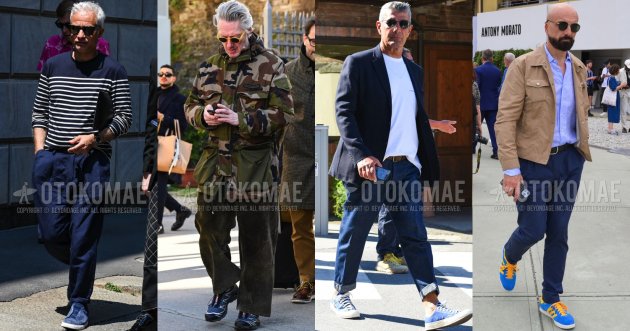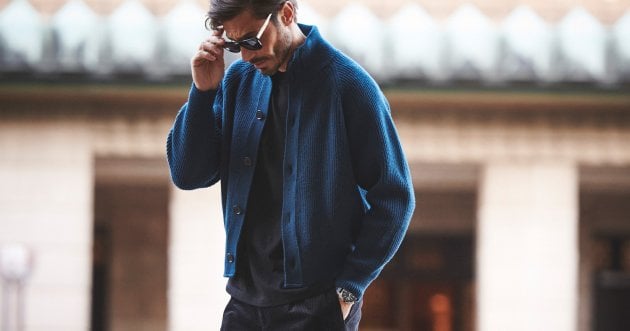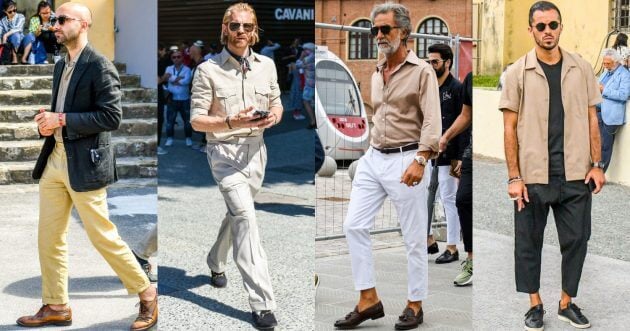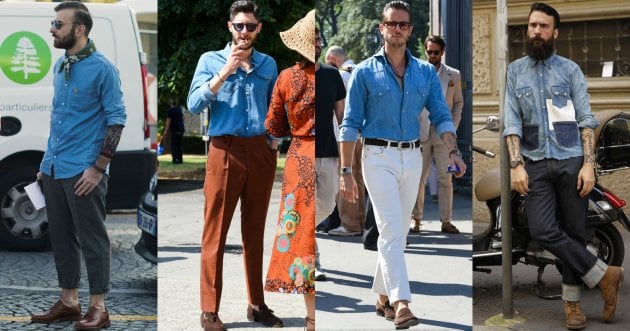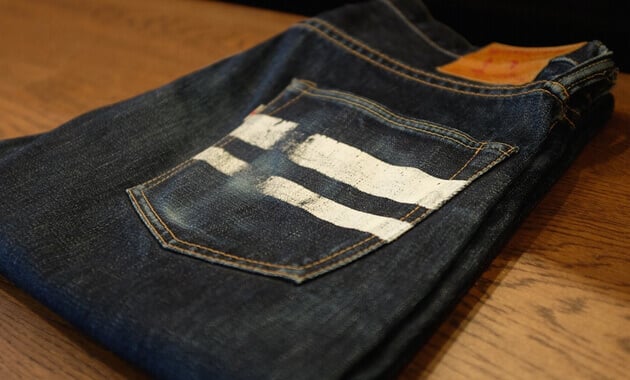
If you are a jeans lover, you must have heard of “Okayama Denim,” which is highly regarded for its high quality even overseas! It has many manufacturers, from denim fabric makers such as “Kaihara” and “Kuroki,” which produce denim fabrics in an integrated manner, to jeans makers like “Momotaro Jeans. However, aren’t you wondering why the jeans industry flourished in Okayama in the first place? In this article, we will introduce the background of the growth of Okayama jeans as an industry. IMAGE:okayamadenim.com
Suponsered by
Kojima district, a thriving cotton-growing area ” Instead of growing rice…”
As the name suggests, Kojima Island in Kurashiki City was originally an island, but was connected to the mainland by land reclamation in the early Edo period (1603-1868). However, the new rice paddies on the reclaimed land were not suitable for rice cultivation due to the saltiness of the sea. This is where the cultivation of cotton, which is resistant to salt air, began and flour ished.
Ibara district, “home of jeans,” strong in indigo cultivation and indigo dyeing
weblioLike Kojima, cotton cultivation flourished in the Ibara area. In addition, the Ibara area has excelled in “indigo cultivation and indigo dyeing,” which is indispensable for denim fabrics, since the Edo period. Ihara’s indigo-dyed thick fabrics” had a reputation among the warriors who came and went during the official attendance service. Not only for the domestic market, Ihara indigo-dyed fabrics have been exported to Australia, New Zealand, South Africa, Asia, Europe, and the United States since the Taisho era (1912) as ” Bicchu Ogura,” and have been valued worldwide.
Okayama, a manufacturer of school uniforms and work clothes. Strong in cutting and sewing
School uniform sewing company “NISHIKIOkayama is known as a production center of thick fabrics since the Edo period (1603-1868) and as a leading manufacturer of school uniforms since the Taisho period (1912-1926). Not only work clothes, but also student uniforms are required to be durable, as “students wear them almost every day for three years. This means that the company possesses advanced sewing and cutting know-how.
Kojima”, the birthplace of the first domestic-made jeans
bigjohnAfter 1952, the fabric for student uniforms rapidly switched from cotton to synthetic fibers. It is said that “Denim Okayama” was born when non-synthetic fabric mills and sewing factories, which were in need, decided to manufacture jeans as their “next avenue of business. In April 1965, Maruo Hifuku, the predecessor of Big John, launched jeans, which are said to be the first domestically produced jeans. Although it was called domestically produced jeans, the company started completely from scratch, so the denim fabric was actually imported from Canton Mills, Inc. and sold under the ” CANTON ” brand. On the other hand, textile fabric makers also started producing denim fabrics around 1960.
All processes other than spinning necessary for jeans production are completed in the prefecture. With the entry of young people, jeans that are sophisticated and not American-style jeans are now available.
fagassentIn Okayama, of the “cotton cultivation,” “spinning,” “dyeing,” “weaving,” “sewing,” and “washing” processes necessary for jeans production, all processes other than “spinning” can be completed in the prefecture. Jeans and denim fabrics produced through cooperation among factories with strengths in each process are highly evaluated overseas. Especially for denim fabrics, “Kaihara” and “Kuroki” are famous worldwide, and it is even said that “there is no place where the first-rate maison brands do not use Okayama denim.
In terms of products, there are many jeans with old-fashioned American taste, for better or worse, but recently, young designers have been entering the market one after another, and jeans with more sophisticated designs are being released. FAGASSENT, launched by designer Toshiki Aoki, is a prime example. We hope that you will keep your eyes on Okayama denim, which is something you cannot take your eyes off of in the future.

